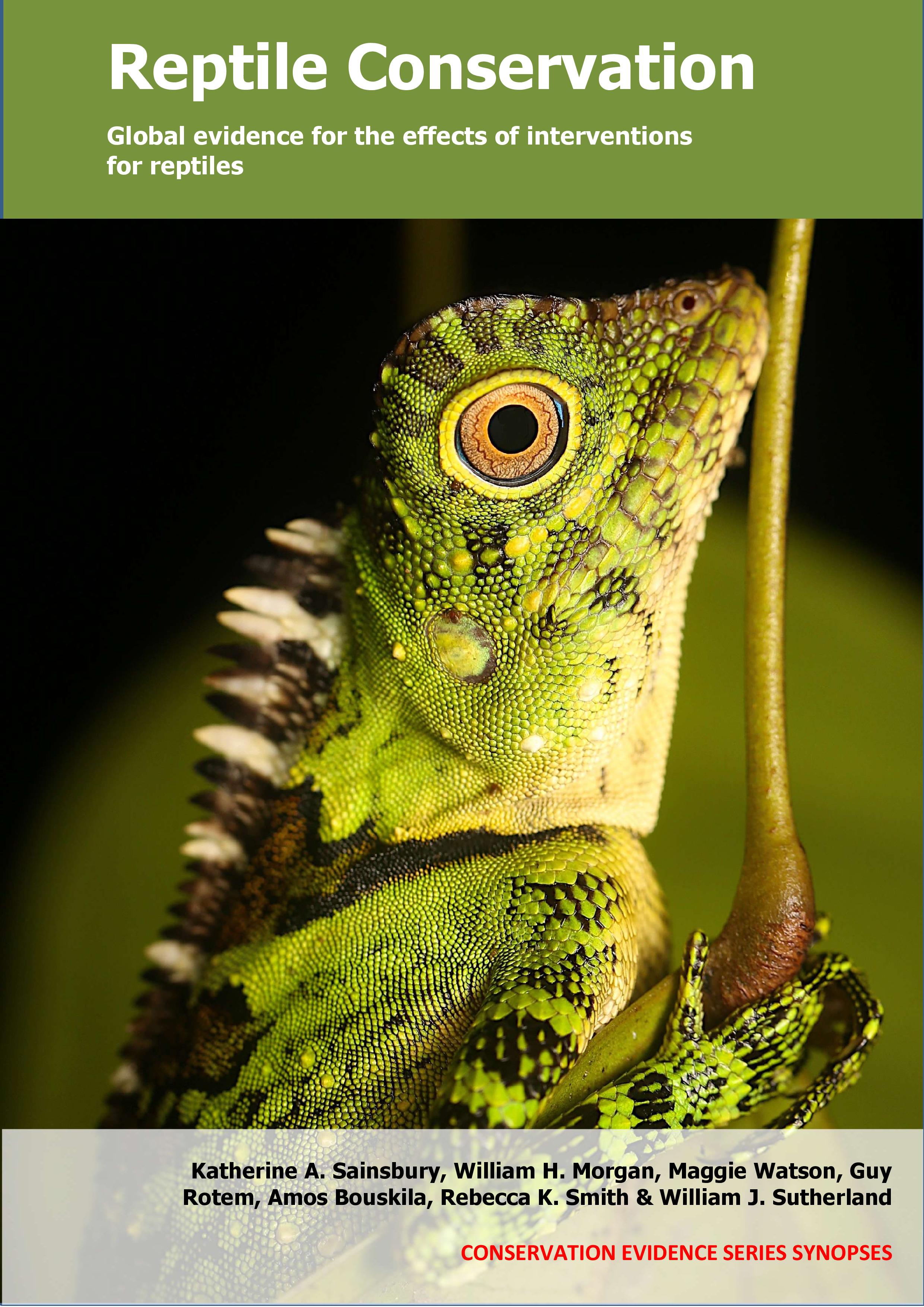Regulate temperature of water discharged from power plants
-
Overall effectiveness category Awaiting assessment
-
Number of studies: 1
View assessment score
Hide assessment score
How is the evidence assessed?
-
Effectiveness
not assessed -
Certainty
not assessed -
Harms
not assessed
Study locations
Supporting evidence from individual studies
A study in 1983–1993 in a system of cooling canals for a power plant in Florida, USA (Brandt et al. 1995) reported that the canals were occupied by a population of American crocodiles Crocodylus acutus and that the population grew over the study period. A total of 55 nests were found in the canals, and the number of nest/year increased in the period from 1986–1993 (1983: 3 nests; 1993: 11 nests). The number of non-hatchlings crocodiles increased by an average of 9% each year from 1983–1993, and authors estimated that the populations consisted of 24–30 non-hatchling crocodiles. The Turkey Point power plant site (2,388 ha) had a large canal system acting as a closed loop system for cooling water discharged from the plant. Water temperatures in the canals averaged 38°C, and salinity was 36 ppt. Eight other non-connected canals are also located adjacent to the cooling canals. In 1983–1993, night surveys were conducted of the whole area twice/week to monitor crocodile distributions and survival of hatchlings and juveniles. In 1984–1993, nest surveys, night surveys for hatchlings and periodical day surveys were conducted within the cooling canal system and hatchlings were individually marked.
Study and other actions tested
Where has this evidence come from?
List of journals searched by synopsis
All the journals searched for all synopses
This Action forms part of the Action Synopsis:
Reptile Conservation
Reptile Conservation - Published 2021
Reptile synopsis





)_2023.JPG)














